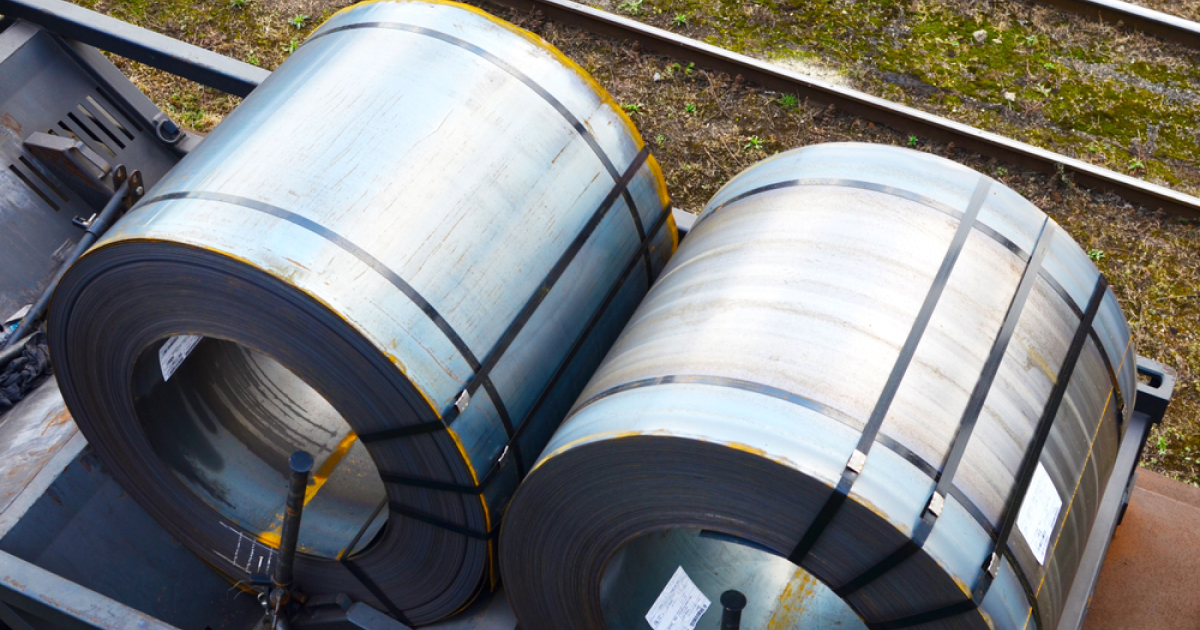
News Global Market hot-rolled prices 1528 06 December 2023
European steelmakers raise offers to €700-720/t, Indian export prices rise
Earlier this week, integrated European steelmakers raised their offers for hot rolled coils (HRC) to €700-720/t EXW for February delivery. This was reported by Fastmarkets, citing market sources.
At the same time, buyers estimated the price level for HRC in the region at €660-680/t, which corresponds to prices for products for delivery in January.
Despite buyers’ caution, insiders agree that there is potential for prices to rise in Europe due to reduced supply, but it is not certain that they can reach above €700/t EXW at current demand levels. The market is feeling uncertain as some players believe that blast furnaces and rolling lines in the region, which are currently idle, will return to production in the first quarter of next year, a Benelux distributor noted.
Indian steelmakers have increased their export offers of HRC to the EU by $5/t compared to the previous week, to $700-705/t CFR, amid rising domestic prices in the European market, SteelMint notes. However, offers for other regions, such as Southeast Asia and the Middle East, remain in limbo as Indian prices are not viable.
In the US, according to SMU, hot rolled coil prices exceeded $1,000 per short tonne for the first time since last spring, with some producers even reaching up to $1,100. Despite such factors as the UAW strike and low capacity utilization, US steelmakers managed to grow. This was facilitated by longer order fulfillment times and limited production capacity. At the end of September this year, HRC quotations in the US domestic market were at their lowest level since December 2022, averaging $645 per short ton.
As GMK Center reported earlier, the upward trend in prices for hot-rolled steel in the European market has been observed since mid-October. Starting from October 20 (€610-630/tonne), rolled steel prices in Western Europe began to rise after a prolonged decline, and increased by €50/tonne as of the end of November. A decrease in the supply of local products along with the exhaustion of import quotas for hot-rolled coils contributed to producers’ desire to raise prices.



